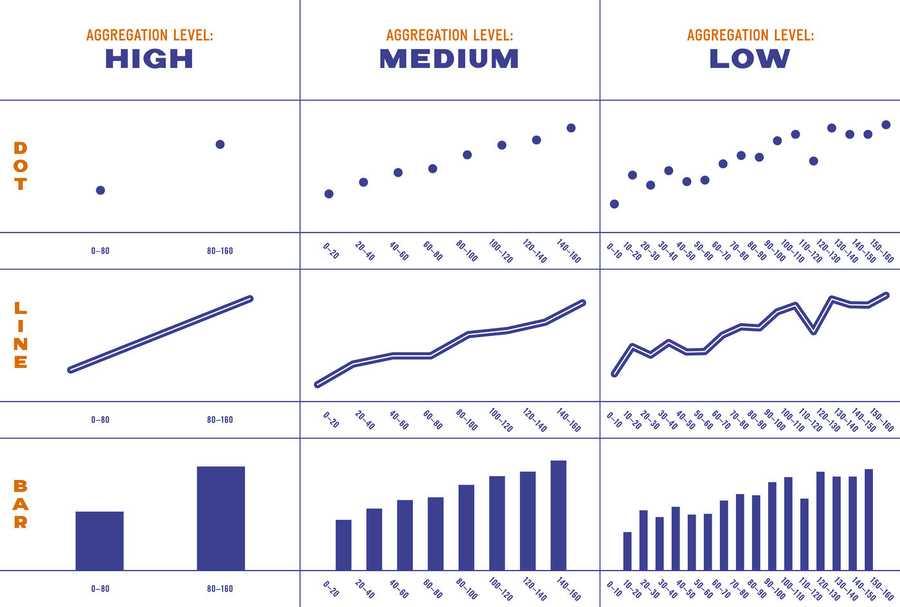See an Exciting Trend in That Chart? Proceed with Caution.
Curated from: insight.kellogg.northwestern.edu
1
Explore the World's Best Ideas
Join today and uncover 100+ curated journeys from 50+ topics. Unlock access to our mobile app with extensive features.
Correlation isn't causation
According to new research from the Kellogg School, how data are visualized can significantly impact our interpretation of what we’re seeing sometimes for the worse. Our efforts to simplify charts by grouping data into smaller numbers of “buckets” (say, two bars on a chart as opposed to ten) seemed to lead people to mistake correlation for causation.
Graphs can be powerful, but it’s imperative that you know how to pick the right one for the right data. “You can lead your colleagues and customers to think more rationally about these kinds of problems.”
3
22 reads
Line Charts, Circles and Bars 📈📊
An experiment was done to find out whether these styles(bar charts, line charts, scatterplots, and plain text) differ in how "casual" they make the data appear to people.
4 correlations were chosen to display visually. 4 different visualizations for each scenario.
Each participant saw 4 styles one representation of each scenario.
After they controlled for the relative plausibility of each scenario, the type of style didn’t observably impact ratings
For the causal statements: Participants rated information they saw in bar charts as the most causal and scatter plots as the least causal
4
14 reads
More Aggregation, More Assumptions of Causality
The same experiment was done, this time they developed bar charts, line charts, and scatterplots with three different levels of aggregation.
This time the type of chart had only a small effect on participants’ ratings of causality. Much more significant, however, was the effect of aggregation level. Across all different visualization styles, people saw aggregated data as more causal than less aggregated data.
4
10 reads
How to Visualize Responsibly
Be mindful when you aggregate, because the assumption people have may become a causal one. So think carefully about how you present your data and maybe iterate with your own design team or with your data analysts so people don’t misinterpret what you’re trying to say.
Even the most sophisticated tool rarely, on its own, identifies causation. “It’s just really, really good at finding trends.
So if you see an exciting trend, don’t automatically assume causality, Shapiro cautions instead, look at it skeptically.
3
14 reads
IDEAS CURATED BY
Timothy Gates's ideas are part of this journey:
Learn more about marketingandsales with this collection
How to analyze churn data and make data-driven decisions
The importance of customer feedback
How to improve customer experience
Related collections
Similar ideas
7 ideas
Correlation does not imply causation
en.m.wikipedia.org
7 ideas
Read & Learn
20x Faster
without
deepstash
with
deepstash
with
deepstash
Personalized microlearning
—
100+ Learning Journeys
—
Access to 200,000+ ideas
—
Access to the mobile app
—
Unlimited idea saving
—
—
Unlimited history
—
—
Unlimited listening to ideas
—
—
Downloading & offline access
—
—
Supercharge your mind with one idea per day
Enter your email and spend 1 minute every day to learn something new.
I agree to receive email updates


